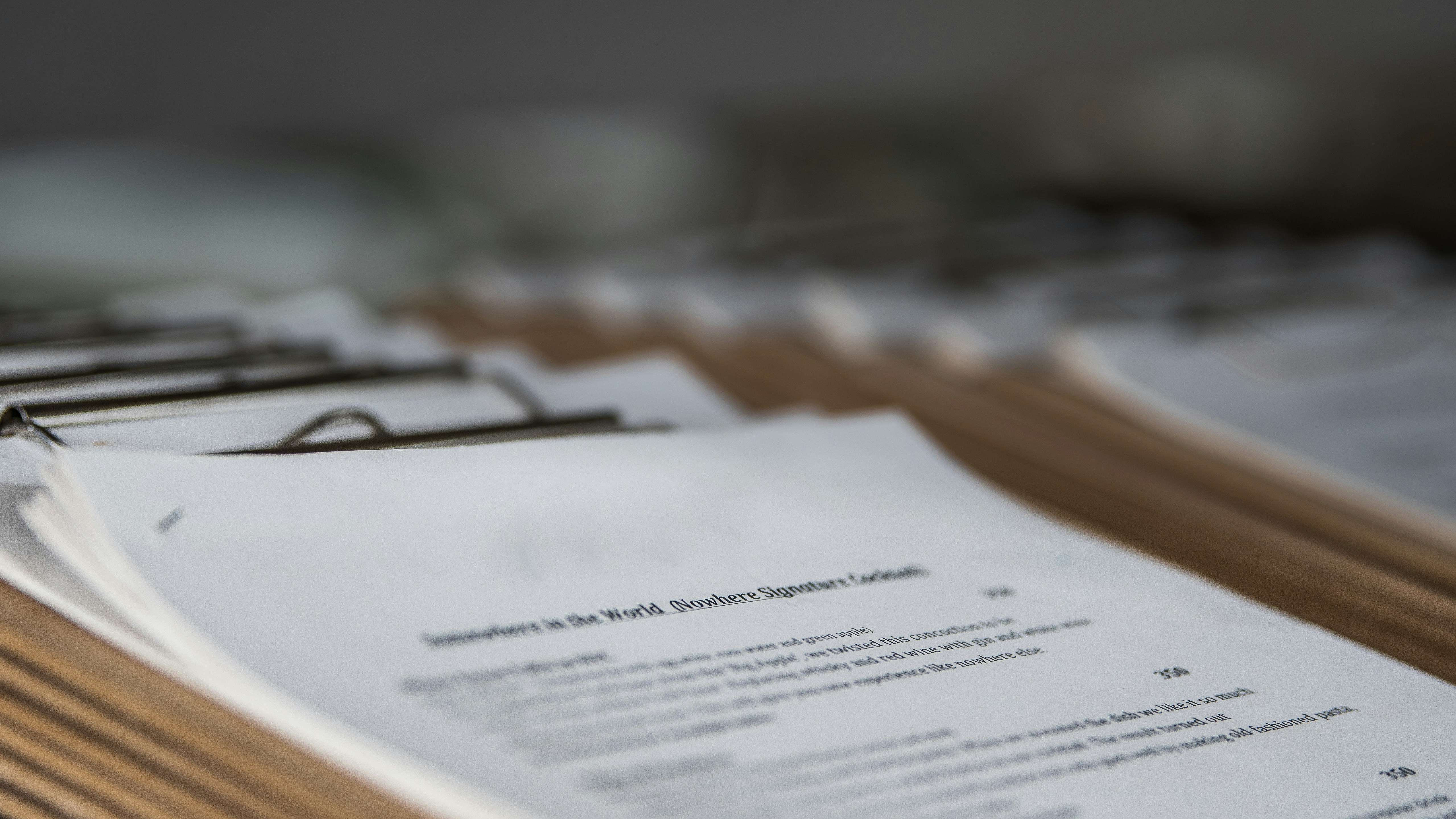Why the Government Uses Certified Translation for Environmental Reports

Environmental impact documentation plays a key role in shaping policies that affect public health, infrastructure, and ecosystems. These documents often include technical data, legal references, community input, and regulatory responses.
When such information needs to be shared across regions or with international stakeholders, government agencies turn to certified translation to maintain consistency.
Certified translation ensures that nothing is lost or misinterpreted during the process of converting complex documents from one language to another. This becomes especially important when the information has regulatory or legal weight.
Environmental reports are often tied to legal proceedings, international agreements, or public policy decisions. These are areas where even a small misinterpretation can cause confusion or delay important action.
Why Technical Accuracy Can’t Be Compromised
Environmental assessments often include highly technical content, data tables, chemical breakdowns, air and water quality reports, and predictive models. These materials are typically reviewed by engineers, scientists, policymakers, and legal advisors.
Any misinterpretation or omission, even something as small as a measurement unit or a term misused, can undermine the entire document’s credibility.
These documents are uploaded to government websites for public reference. For instance, the Federal Energy Regulatory Commission has listed documents like the Commonwealth LNG Project and CP2 LNG and CP Express Pipeline Projects. There are also many draft environmental impact statements published on the website.
For multilingual communities living near industrial facilities or infrastructure projects, translated impact documents are often their only source of insight. These documents demonstrate how industrial developments may impact their land, water, and air quality.
Certified translators with experience in scientific and regulatory terminology ensure the accuracy of these documents. Their work supports not only legal compliance but also community understanding and participation.
When Legal Context Requires Translation Precision
In many cases, environmental impact documentation becomes part of legal processes or public investigations. Consider the example of per- and polyfluoroalkyl substances (PFAS) and their impact on the environment and humans. Many countries have banned PFAS because they can be carcinogenic.
According to Chemistry World, New Zealand has banned it from cosmetic products. ACS Publications states that France has also banned it in making consumer products. Similarly, even the US has added many legislation around PFAS to regulate it better.
However, it has been constantly used in aqueous film forming foam (AFFF). A Springer Nature study states that AFFF has been the standard for addressing liquid-fuel fires for several decades now. Firefighters and military personnel who were exposed have even filed an AFFF lawsuit against manufacturers.
Lawyers are still accepting new cases to help individuals who developed cancer because of AFFF and PFAS. According to TorHoerman Law, the latest update shows that there are over 11,000 AFFF cases pending.
Since PFAS chemicals are a concern for multiple countries worldwide, certified translation becomes crucial. Findings about the consequences of PFAS exposure or how to manage them in one country can be helpful to others.
International Standards and Regulatory Compliance
Government agencies regularly work with international partners on infrastructure, energy, and environmental projects. For instance, the Organisation for Economic Co-operation and Development (OECD) has 38 member countries.
One of its most recent projects is the Sustainable Infrastructure Programme in Asia (SIPA). The objective of SIPA is to help some Central and Southeast Asian countries with infrastructure development projects that are consistent with the Sustainable Development Goals.
These partnerships often involve funding from global organizations or require compliance with foreign environmental laws and international treaties. In these contexts, certified translations are not just helpful, they’re required. An uncertified or poorly translated document could lead to rejected filings or compliance issues abroad.
Certified translations offer a uniform version of the original document, accepted in legal and regulatory environments across borders. For agencies managing cross-border resources, a reliable translation can make the difference between smooth collaboration and stalled negotiations.
Supporting Long-Term Projects with Consistent Translation
Environmental projects often span years or even decades, with multiple phases that involve separate assessments, community meetings, legal steps, and progress reports. As a result, consistency in translated materials becomes crucial.
Agencies must be able to trace back each translated document, confirm who translated it, and verify that terminology and formatting have remained consistent.
Certified translation services provide this kind of structured documentation. Each translated file includes certification details, timestamps, and translator credentials.
This level of transparency is crucial for internal reviews, audits, and public records. For projects involving multiple jurisdictions, consistent and certified translations support long-term planning and accountability across departments and agencies.
Frequently Asked Questions
What’s the difference between certified and sworn translation in environmental documentation?
Certified translation involves a translator confirming the accuracy of the translation, often with a signed statement. Sworn translation is used in some countries where translators are legally authorized by a government or court to provide official translations. The requirement depends on the jurisdiction, but both are considered legally valid for official use.
Can machine translation be used for internal drafts of environmental impact documents?
Machine translation can be used during early drafting stages or for internal understanding. However, it’s not suitable for final versions of environmental documentation that will be submitted, published, or legally reviewed. Human translators are required for final versions to ensure legal validity and technical precision.
Are visual elements like maps and charts included in certified translations?
Yes, visual elements such as maps, diagrams, and charts are often included in certified translations if they are a part of the original document. Translators annotate or label them with translated text where necessary, ensuring that all parts of the document are accessible and understandable.
Certified translation does more than convert words from one language to another. It helps preserve meaning, accuracy, and trust across legal, scientific, and community-related content. When environmental impact documentation carries consequences for public health, natural resources, and international co-operation, translation must meet the highest standards.
Government agencies rely on certified translation because they cannot afford misunderstandings. Whether applying for international funding or informing the public, these agencies need to ensure that their documents are consistent across languages.





